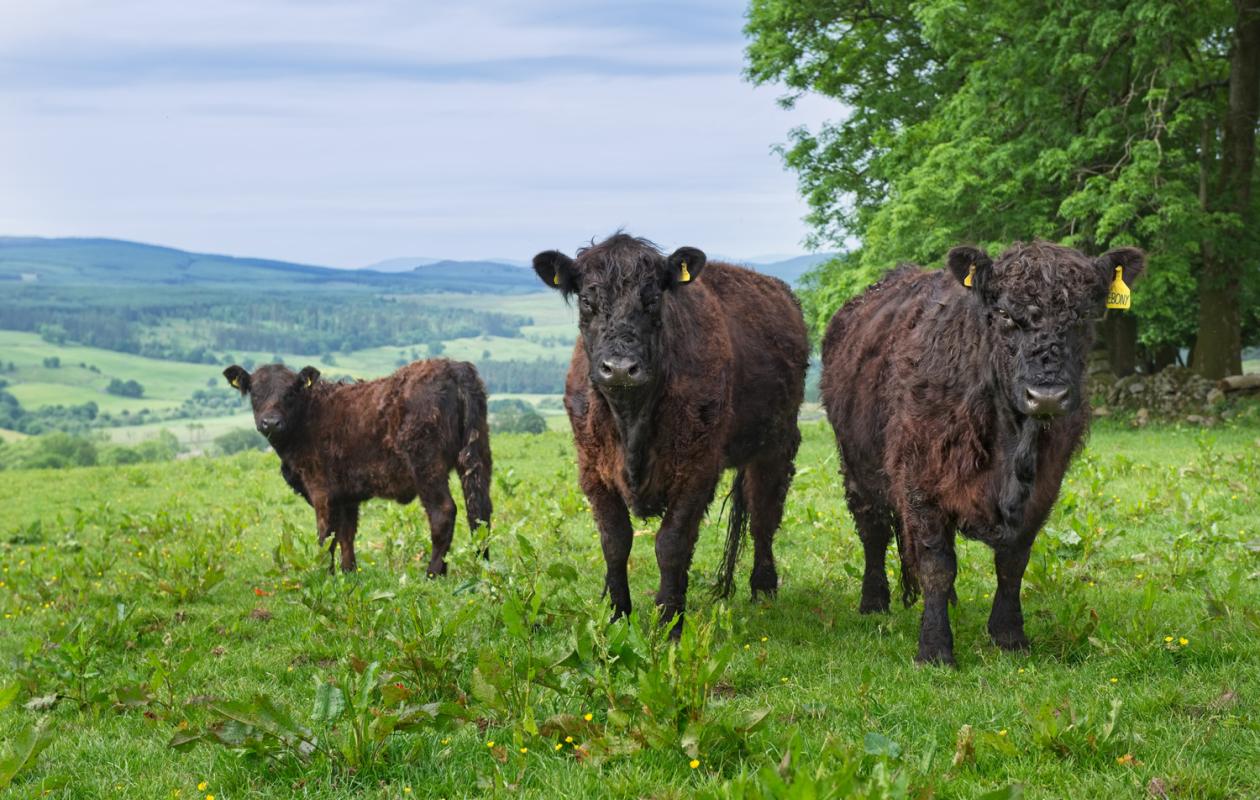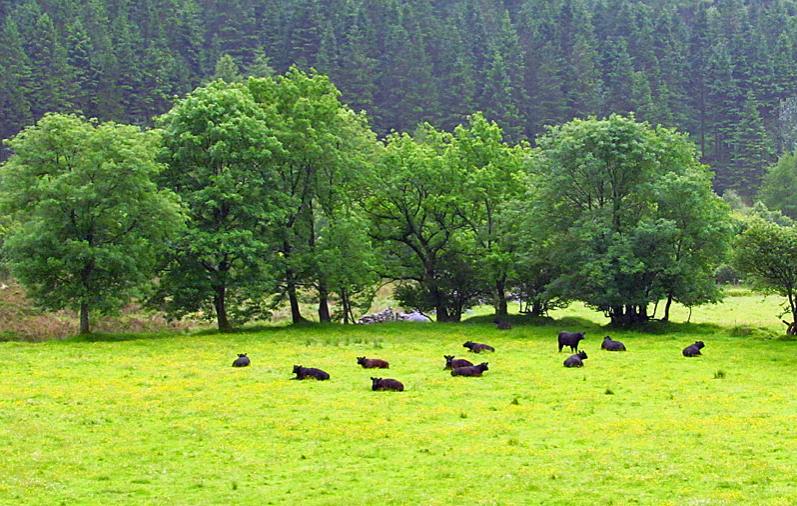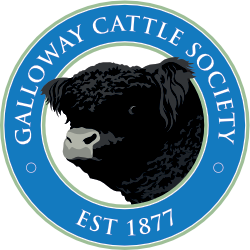There is growing understanding of the important role native cattle like the Galloway can play in managing landscapes and boosting biodiversity.
The heavy weight of cattle can have a positive impact on bracken and low scrub, breaking up mats of dead litter and creating pathways through tall dense vegetation. The cattle can also create more ground disturbance, which benefits tree seedlings by trampling them into the ground.
The Galloway is regarded as a conservation grazer due to its unselective grazing action. This also opens up swards, making it easier for wild grasses and molina to set down their seed.

Green Galloways
The Galloway Cattle Society’s priorities are driven by our members. A recent member survey highlighted the importance of sustainability to Galloway farmers, with 97% of respondents stating they consider Net Zero to be an opportunity for the Galloway breed.
There were several reasons for that, including the breed being an excellent fit with the agricultural policies and funding that favours low carbon, nature based farming practices. The survey also found that the environment and biodiversity are a high priority for Galloway farmers, with more than half of our farmers currently making environmental improvements on their farm, and more than a third specifically focusing on increasing biodiversity.
Rewilding in the Lake District
Galloways were selected by Wild Ennerdale Partners to graze their land, which includes heather fell, open grassland, conifer and broadleaf woodlands, crags and scree. They have found the Galloway well suited to this type of mixed vegetation and forest on upland terrain and as a quiet, placid breed the cattle are more likely to move away from people rather than approach them.
Wild Ennerdale now has three herds which graze extensively around the valley east of the lake, and where the cattle have been grazing for more than 10 years wildlife recording has shown a 65% increase in bird species and a doubling of the numbers of birds.


